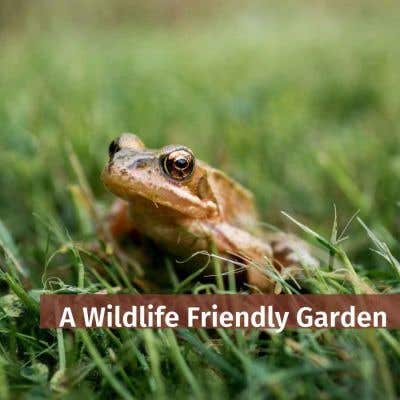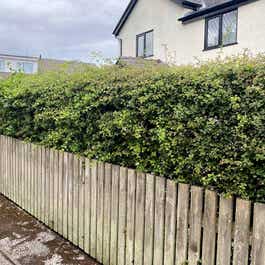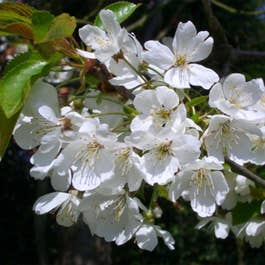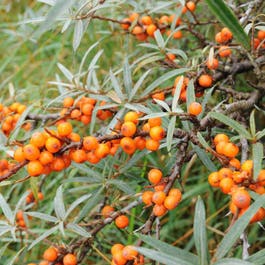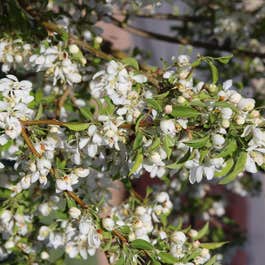Creating sanctuary and shelter for wildlife in a garden is a great way of learning about nature in your area and helps to preserve the habitats and food these creatures need to survive and thrive. Making your garden wildlife friendly doesn’t mean that you have to leave it to grow, in fact every garden from a small plot to a big family garden can be home to nature by following a few key factors.
Edible Hedging for Wildlife
Hedging has many properties that benefit local wildlife, you don’t need to spend a fortune on fancy food to invite wildlife into your garden....
Hawthorn
The density of Hawthorn Hedge Plants makes them ideal nesting spots for hedgehogs, other small mammals, the common toad, and many birds. By autumn the flowers turn into juicy red berries, which are much loved among birds such as blackbirds and thrushes. The diversity of the hedge adds a perfect touch to the garden, providing privacy, welcoming wildlife and giving you a basket full of berries for baking.
Elder
Known for their fragrant flowers and small, black elderberries, Elder Hedging offers nutrients for lots of wildlife. Small mammals such as dormice and bank voles enjoy eating both the berries and the flowers, whilst the flowers provide nectar for a variety of insects and the berries are a key food source for birds.
Wild Cherry
The ornamental native Wild Cherry Hedging Shrubs offer many benefits to your garden, providing luscious colours and a haven for wildlife. The beautiful white flowers in early spring are followed by red cherries, which, despite being bitter in taste, are popular among birds.
Sea Buckthorn
With their bright orange berries, Sea Buckthorn Hedges are an important winter food source for birds, and the narrow silvery leaves attract moths. You can make the most of the berries yourself too by mixing up a fruit juice drink or wine, or cooking a jam for cakes and pies.
Crab Apple
Bursting with pink flushed flowers in late spring and sour fruits in autumn, Crab Apple Hedging suits many purposes in the garden. The plant works well as a hedgerow tree, allowing birds to nest in its branches. With its sweet scented flowers, many insects such as bumblebees are attracted to the hedging too, and over 90 insect species have been known to find a home in the native crab apple. The fruit is eaten by many birds and small mammals, and offers a tasty treat in jams and served roasted alongside meat.
Garden room specialists www.oecogardenrooms.co.uk guide us through some of the simple things we can all do to help nature out, including creating different habitats, places for animals to breed and take shelter and provide feeding areas to create a the perfect wildlife friendly garden.
Wildlife Habitats
Even the smallest garden can provide a valuable habitat for wildlife to thrive, and it is a good idea to introduce as many different habitats as you can without going overboard and packing too much in. There are lots of ways to introduce microhabitats into your garden, providing a diverse range of homes for insects, invertebrates and animals to shelter and feed as nature intended. Lawns, especially areas that are left to grow a little are perfect for insects and minibeasts, as well as an eating ground for the birds that feed on them. Plant borders and bushes populated with native flowers and shrubs provide a rich source of food for butterflies and bees, as well as seeds, berries and shelter for small mammals and birds. Trees and hedges also offer shelter and cover for mammals and nesting sites for birds to raise their young. See best4hedging for all your hedging needs!
Water features and ponds provide the perfect habitat for an array of wildlife from amphibians and minibeasts to bathing birds.
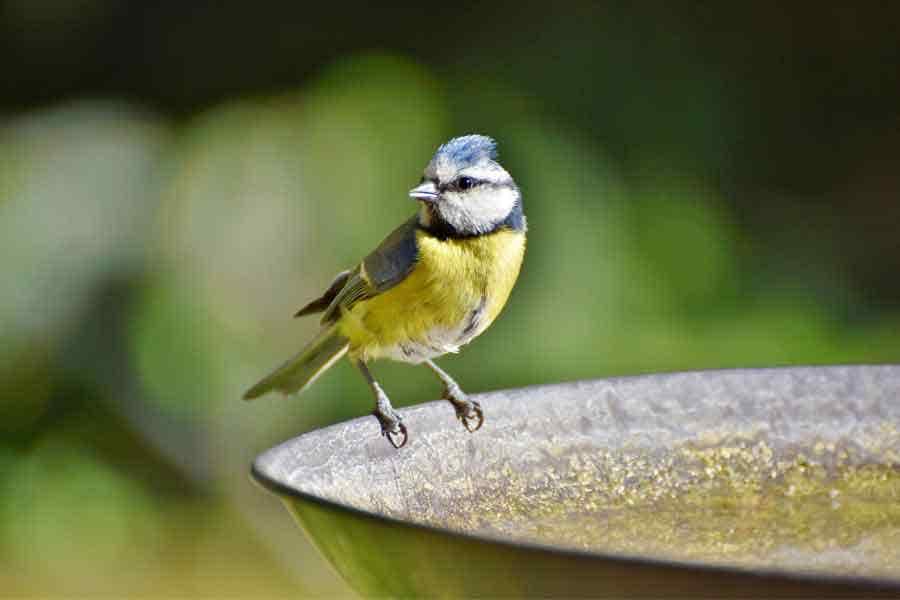

Foraging and Feeding
One of the most important features of a wildlife friendly garden is a variety of places for different animals to forage for food and eat. There is a range of ways we can do this, either by providing food ourselves (particularly good in the winter months as food becomes scarce) or by letting nature supply the food. Look at planting native flowers and berry bushes that flower and seed during different times of the year; this will provide an array of natural food for animals and insects that forage during different periods. A variety of colourful nectar-rich flowers and plants will attract bees, butterflies and other insects to your garden too.
Providing a source of clean, safe water is also important for a wildlife friendly garden; this can range from a big pond to a small dish, but water can be as important as food during summer and winter.
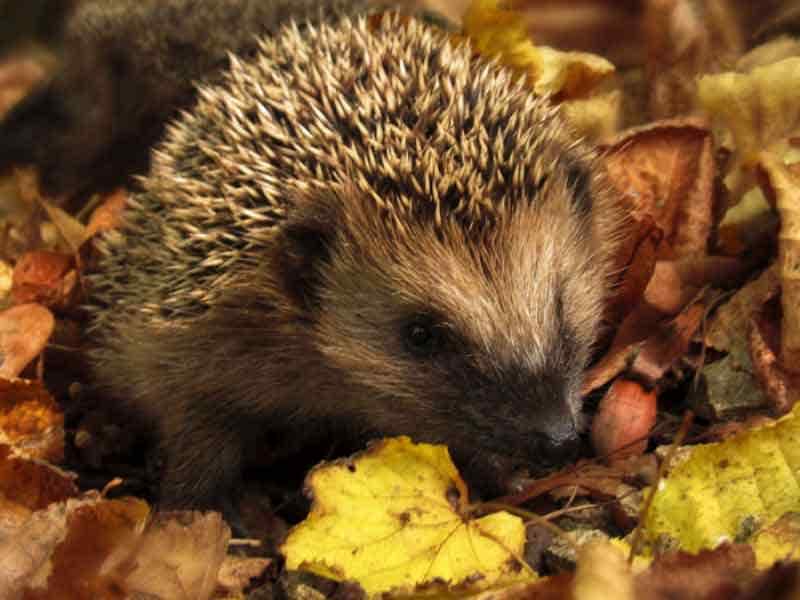

Breeding Space and Shelter
Another important need for all wildlife is a safe area to breed and shelter. Bird and bat boxes, hedgehog houses and insect houses are all great ways of introducing artificial shelters into the garden but natural shelter is the best in terms of expense and conservation. Trees, bushes and hedges are also an ideal havens for birds, small mammals and insects alike and provide cover from predators and a place to rear young. By letting a small part of the garden overgrow, this will create natural cover and shelter for a variety of insects, invertebrates and small animals.
If you are looking to cut back any overgrown areas of the garden wait until early spring; this will give any wildlife sheltering from the cold a chance to leave when the weather is slightly warmer.
Think Sustainably!
There has been a big push over recent years for the population as a whole to think about the environment and being sustainable, and it is no different when it comes to the welfare of our wildlife. With so many of our actions impacting on the environment and wildlife in particular, care must be taken when choosing materials for our gardens. Making and using your own compost is not only a great way to recycle, but it also helps to encourage a healthy diversity of wildlife in your garden. Composting improves soil structure and is a great breeding ground for tiny invertebrates and fungi, which in turn attracts birds and small mammals. If you have a pond or water feature, don’t use the garden hose to fill them up. Instead use rainwater collected in water butts and barrels as pond-life prefer this. Also avoid using pesticides in the garden at all, opting for non-toxic and non-chemical alternatives.
Oeco Garden Rooms is a family run business and have been manufacturing and installing timber framed structures for over 10 years. The company was initially founded to satisfy the growing number of people who work from home and the essential need for more space and a separate working environment away from the main house. However over the years our garden rooms, offices and studios have been purchased by customers from all backgrounds to extend their living space for a multitude of uses.
If you have spotted any hedgehogs in your gardens or have any great ideas of your own we would love to see! Share your pictures to our Facebook or tweet us @best4hedging


